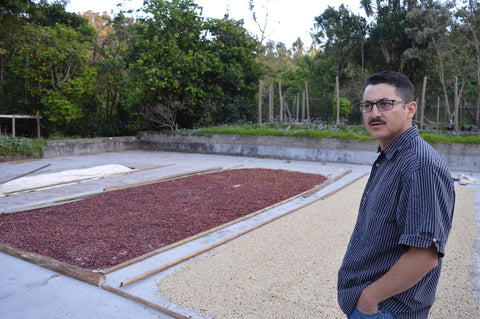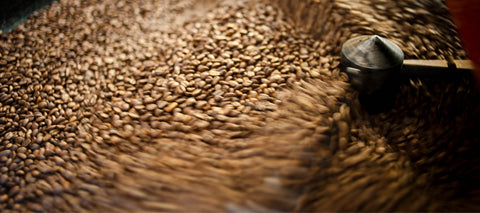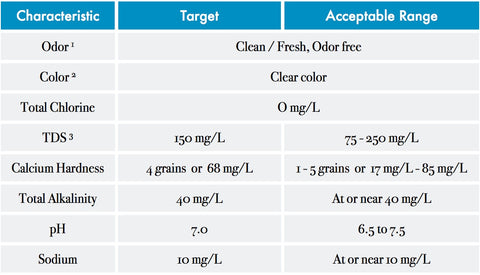Fruity, tangy, sparkling, citrusy, vibrant. Or should we say sour, sharp, tart, pungent, harsh?
It can be difficult to know if the words we use to describe coffee mean the same thing to everyone. For many baristas and other folks who work in specialty coffee, acidity in coffee is a prize, a treat, a bouquet of nuanced aromas and flavors--the mark of a balanced cup brewed from a high quality, expertly-roasted bean, and it reminds us that coffee actually originates as a fruit. For others, acidity is the enemy, upsetting stomachs and offending palates accustomed to dominant notes of bittersweet chocolate, caramel, and molasses.
Once we get past the semantics, though, the bottom line is that you should be able to enjoy a cup of coffee without a bellyache or an offended palate. So if you’re in the camp of those who want to avoid acidity, here are some tips and tricks for a smooth, low-acid brew.

-
Consider going natural. While it’s still a raw seed in its country of origin, most coffee goes through a sequence of pulping (to remove the outer fruit), washing (to remove the remaining fruit and mucilage), fermentation (to enhance flavor and complexity), and drying (to reach a stable moisture content), and milling (to remove the final papery layer and prepare for export). But some coffee is processed without the pulping step, meaning the fruit stays intact on the seed until the final milling stage (as shown drying on a patio, above left). This results in a heavier-bodied coffee with more natural sweetness and typically lower acidity. So try a coffee labeled “natural” or “dry” processed; you may find it perfectly mellow and smooth.

-
Stick to the dark(er) side. As coffee stays in the roaster longer, the more you will ultimately taste the characteristics of roast, rather than the inherent qualities of the coffee itself. Since coffee is, after all, a fruit (!), its fruitier nuances can be masked by a darker roast. One caveat: that’s not to say you should look for a black, oily bean--those are indicators of a product closer to charcoal than to coffee, and the brewed result can often be caustic and sharp, capable of irritating your stomach.

-
Use different water. Since brewed coffee is nearly 99% water, it follows that what’s in your water absolutely impacts the flavor of your coffee. While there’s no hard and fast answer as to what kind of water makes the lowest-acid coffee, experiment with your brew water. Try filtered vs. tap, reverse osmosis vs. distilled, and compare the results to see what you like best.* The chart above shows the Specialty Coffee Association's recommend water recipe for coffee--but know that ultimately, it's your taste buds that matter.
-
Tweak your brew recipe. Coffee flavor extracts from the roasted seed in three stages: first acidity, then sweetness, then bitterness/body. Characteristics from all three of those categories are important for flavor balance. But knowing those stages can help you make adjustments to your brewing to emphasize the flavors you like best. Since acidity comes out first, you might try letting the first few drops (or ounces--depending on the batch size) of your brew fall into a separate vessel than the rest of the batch. Set it aside, then taste the remainder when the brewing is complete. You can always add that bit back in, or some of it, to your taste.

- Brew cold. Hot water is great for pulling acidity out of coffee. Cold water? Not so much. That’s why cold brewed coffee is usually smoother and mellower than regular hot-brewed coffee--it doesn’t have as much acidity. Check out our cold brew recipe to try it yourself.
To learn more about acidity in coffee, head on over to our other popular blog, Coffee Acidity: The Science and the Experience.
*If you want to dive deeper into water science for coffee, check out this article from Perfect Daily Grind.








